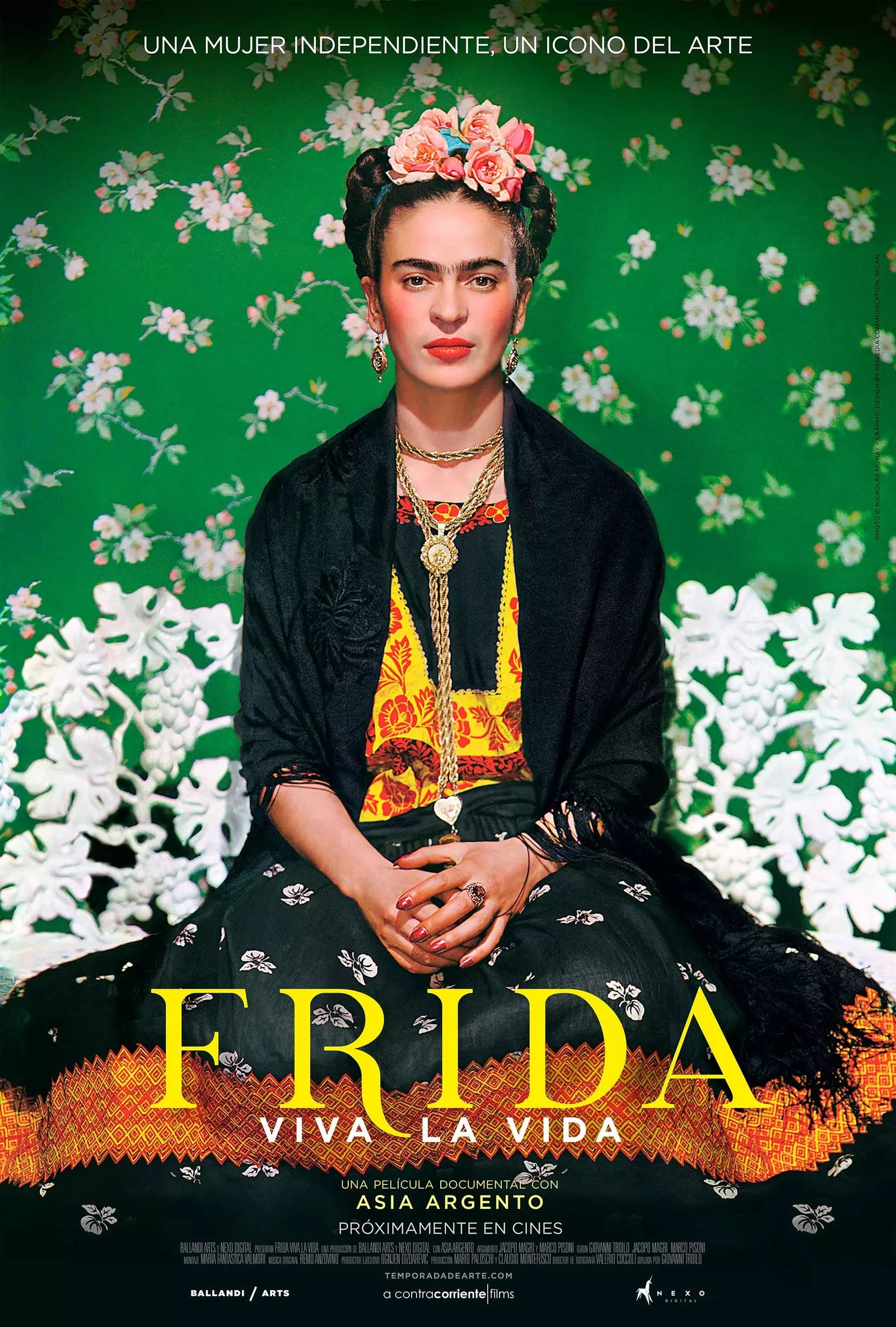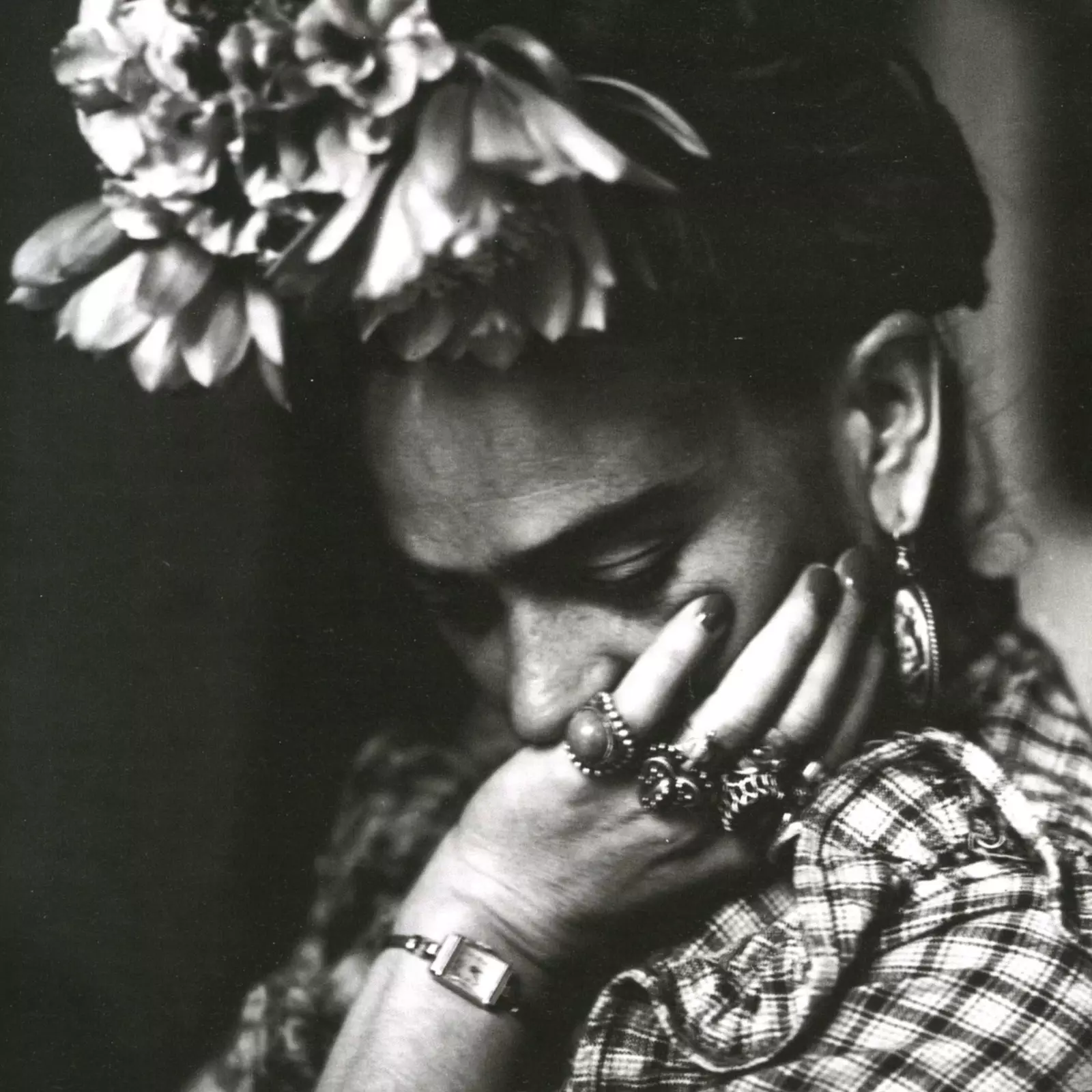
Lessons from the life and travels of Frida Kahlo
"What am I going to do if everything is said and written?", he asked himself. Hilda Trujillo when in 2002 she became director of the Frida Kahlo Museum, in the Blue House, the one that was the residence and refuge of the artist, she explains in the documentary Frida. Live life (premiere March 8).
What else could be said about this woman? A woman who was many women, the brilliant artist, the devoted wife, the cheerful friend, the fun lover, an intellectual reference… And, suddenly, before his eyes Trujillo found the answer: the bathrooms of that house that had never been opened, those bathrooms in which Diego Rivera had kept Frida's most personal and intimate effects, from her corsets to other accessories, and he ordered that they not open until 15 years after her death in 1954. However, they remained closed for 50 years.
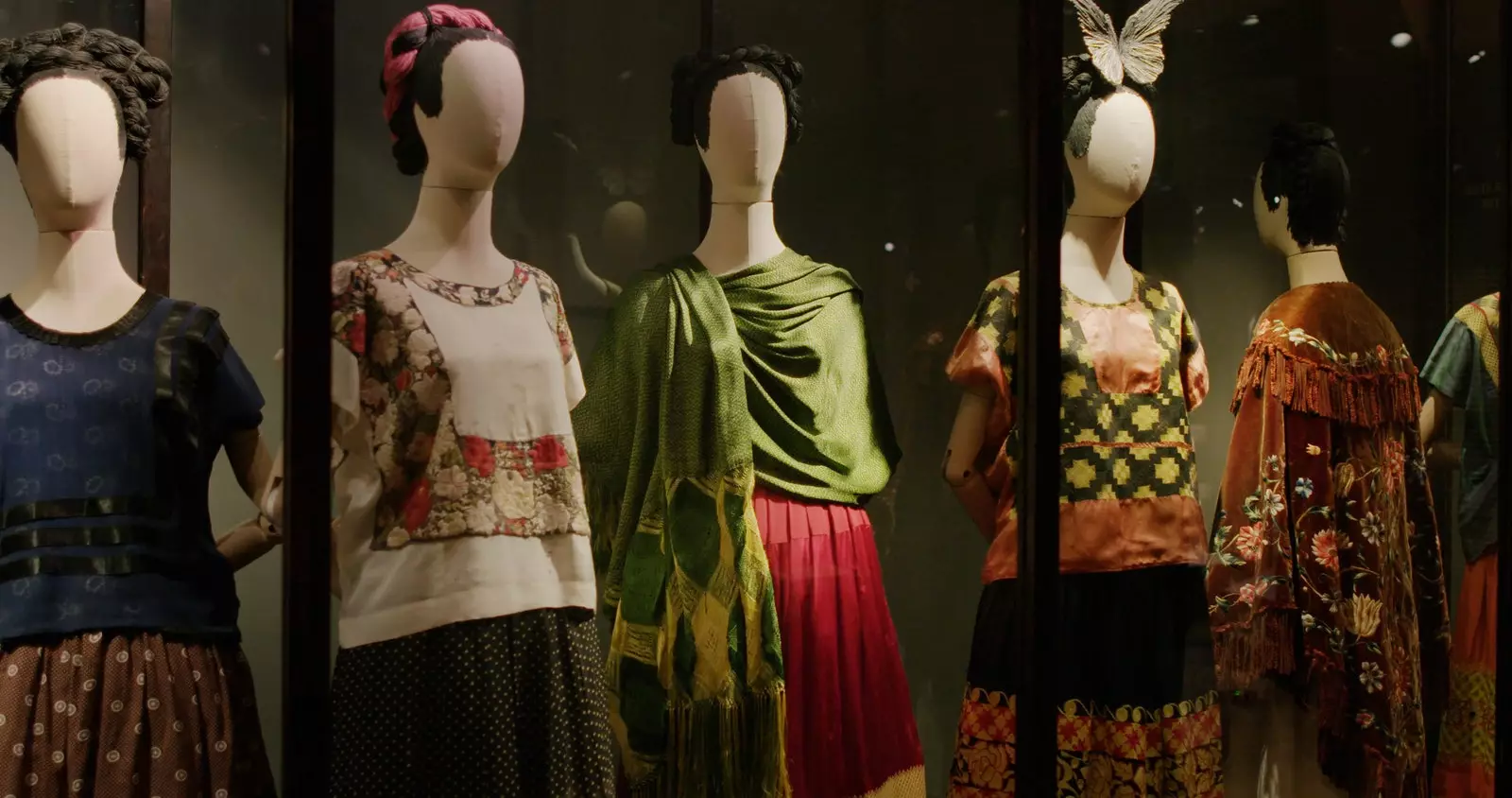
Her clothes were part of her brand and her art.
In 2004 when those doors and the trunks and drawers inside were finally opened, the photographer Graciela Iturbide she was lucky enough to be there to photograph each piece and even get into her bathtub with her bare feet, as Frida would do and would look at them, between the pain, anguish and joy of being alive. Because everything in Frida was a fight between opposites, some dualities that she found in her admired pre-Columbian ancestor and were manifested in her way of being and also in her paintings: sun and storm, night and day, pain and beauty, life and death. Iturbide shows these images in the documentary directed by Giovanni Troilo and narrated by the actress and director Asia Argento.
What else can be said about Frida? If there is nothing more to say, let us say what has been said over and over again, let us repeat her philosophy of life, let us retrace her steps, from unhappy childhood to the painful accident that transformed her forever, she unfolded her into two women: the icon and the liberated artist, says Argento. The documentary uses Frida's diaries and letters, her own words as a narrative thread to explain once again why this woman is still today, and more than ever, a feminine and human reference.
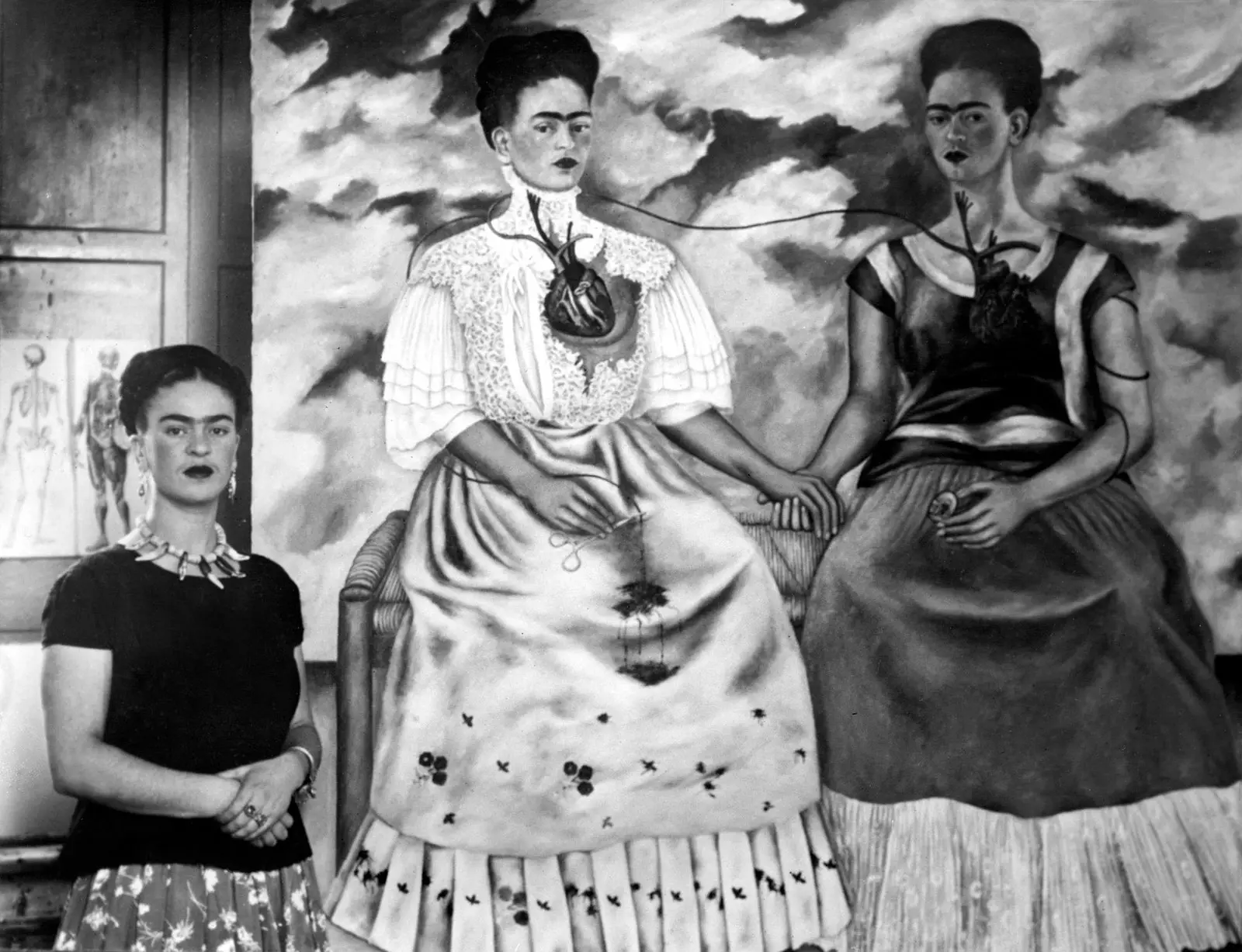
Frida Kahlo
Only Iturbide dares to cast doubt on the idea of "Santa Frida" in any way. and she does so by talking about the blind devotion that the artist had for her husband Diego Rivera, her dependence on her, how she returned to him whenever he wanted. And she's right, she did it herself, although when she came back and they remarried she went with very clear conditions imposed by Frida: she would live her life in her beloved Casa Azul independently. At that time, when her art was more recognized, the shadow of the muralist elephant no longer hid her from the world.
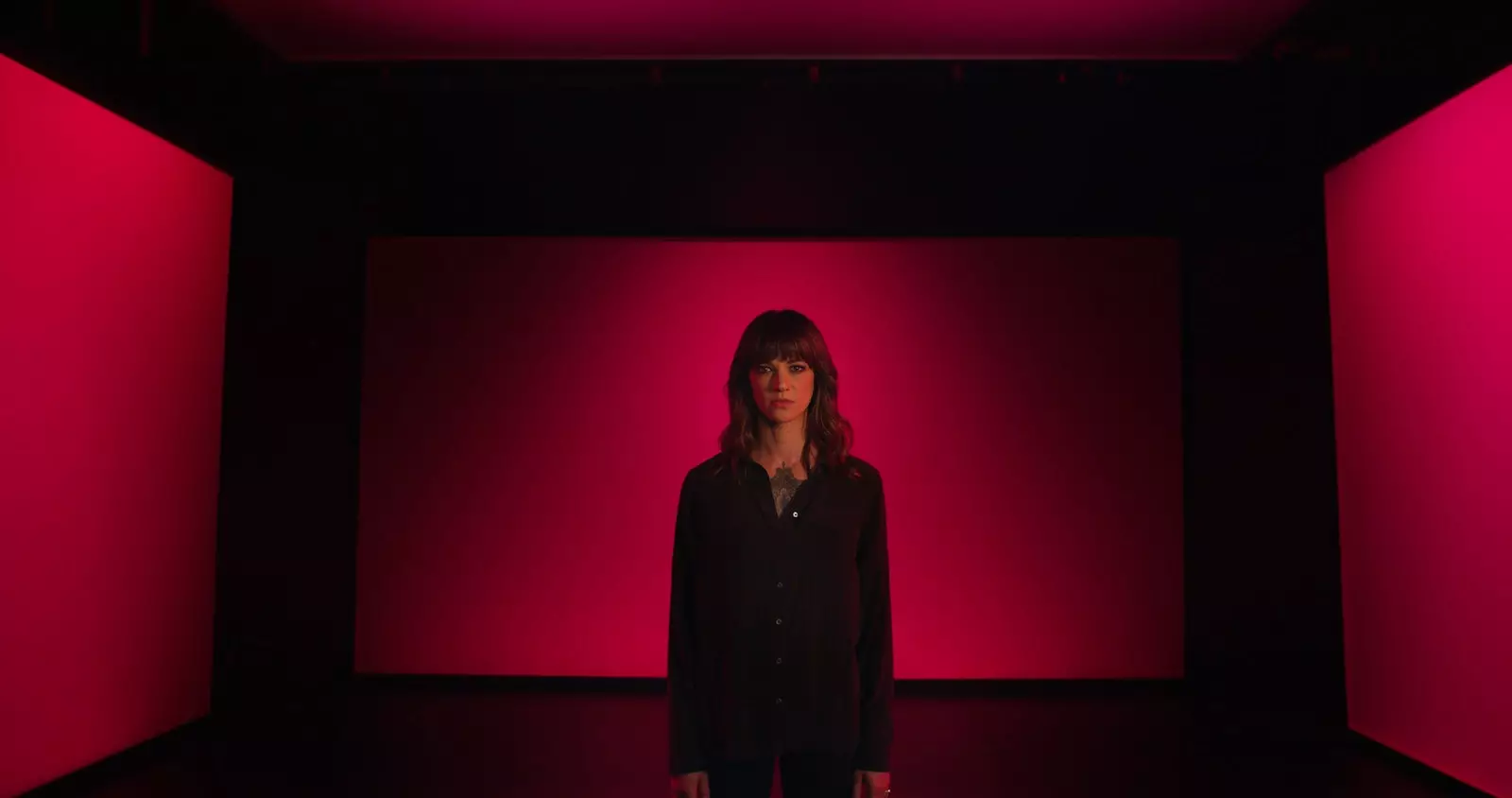
The actress is the narrator of the documentary.
Frida found her art in pain. In herself, the best inspiration and muse. "I paint myself because I am the subject I know best," she said. In the canvases she found the therapy for the traumas that her life put before her: the accident, the abortions, the lack of love... Even so, as Hilda Trujillo explains, Frida was happy, surrounded by tequila, mariachis... she lived life in color, as seen in her paintings and in her clothes. She made Mexican traditions her flag and her aesthetics, her identity copied so many times today. She turned herself into an eternal work of art.
“I look forward to leaving and I hope never to return” she wrote her in her last days when her decline was clear, when she suffered obsessed with pain but she kept trying to overcome it by painting. Until the last day of her life, she grabbed a brush and wrote, "Viva la vida" on a Still Life of red watermelons.
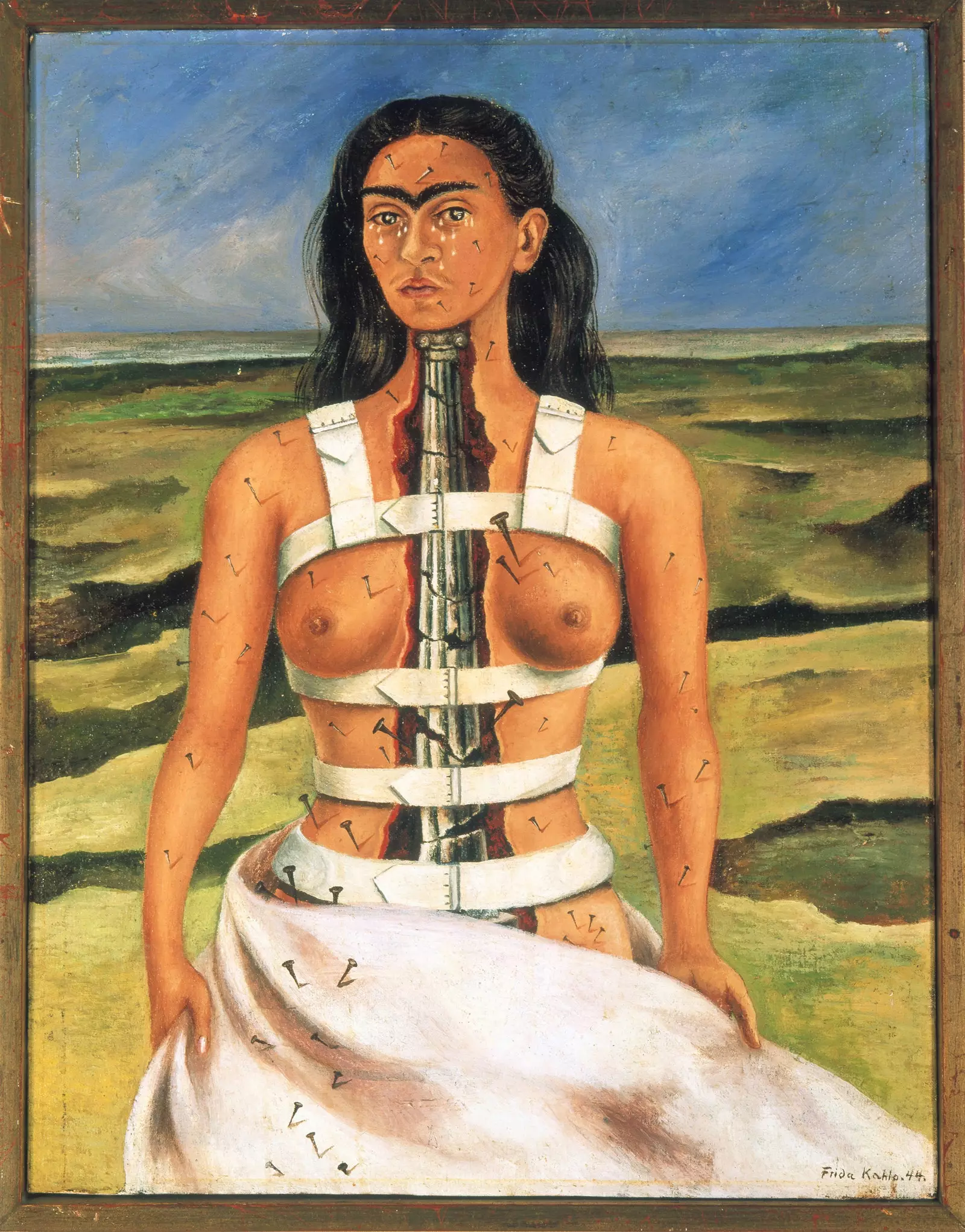
The broken column, Frida Kahlo
A JOURNEY THROUGH MEXICO WITH FRIDA
In addition to a review of her life, the documentary Frida. Live life It is a journey through Mexico following her footsteps and her inspirations and concerns, choosing as the center of the story, as the departure and arrival always, the Blue House, in Coyoacán, where she was born and died. She where she created her.
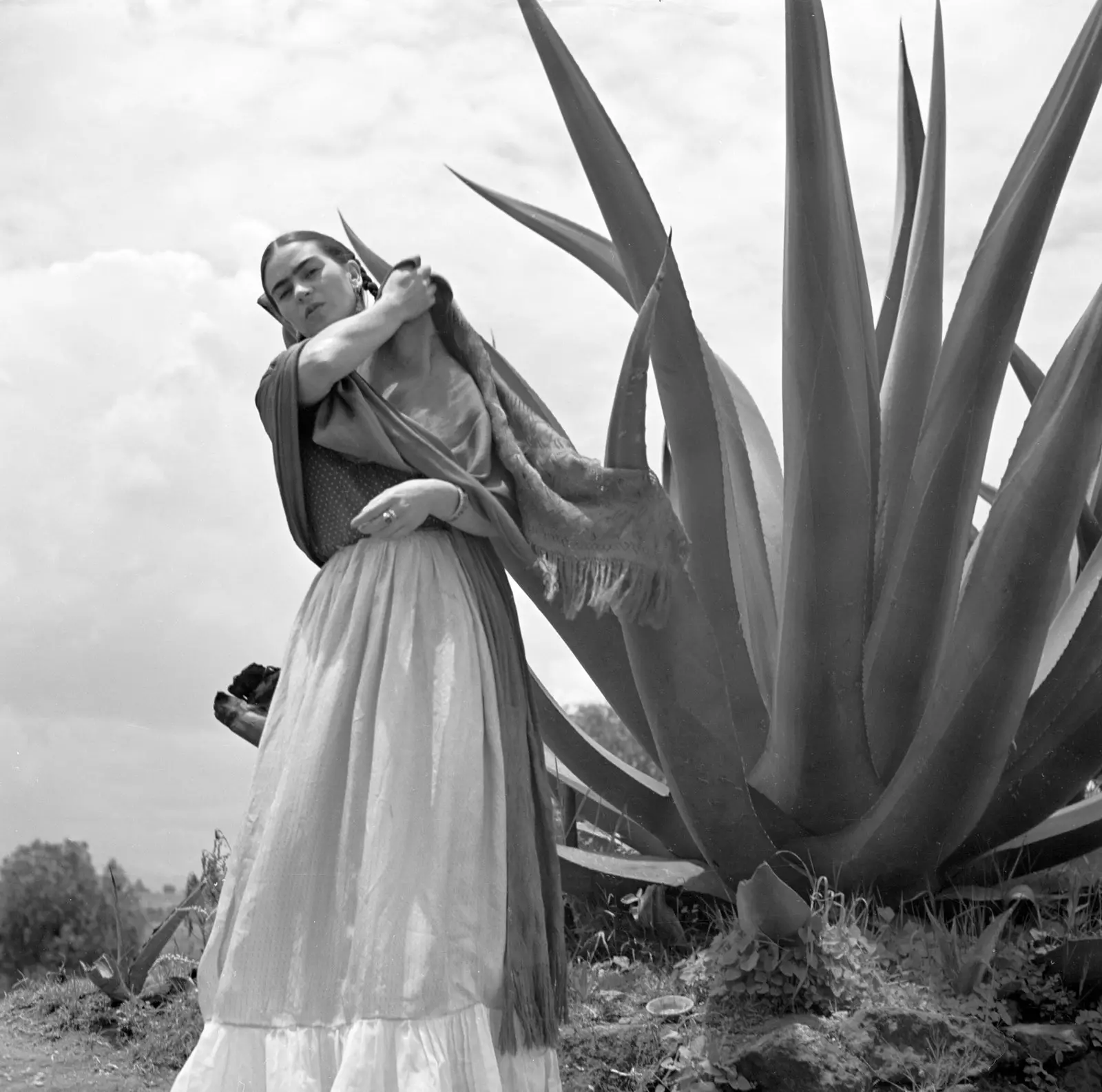
Frida Kahlo
aerial views of Mexico City with jacarandas in bloom dot the film that is shown in other places in the megalopolis: like the Anahuacalli Museum, dedicated to Diego Rivera; or the Museum of Modern Art, where works of both are seen; or the Museum House Study of Diego Rivera and Frida Kahlo, the houses in San Ángel that Rivera had built for the two of them but that Frida abandoned when she found out about the romance between her little sister and Diego. And also the exact place of her accident in Fray Servando de Mier & Calzada San Antonio Abad.
To explain Frida's return to her roots, we walk through the pyramids of Teotihuacan or the Tepozteco viewpoint, in Tepoztlan. And one of the most beautiful parts takes us to Santo Domingo de Tehuantepec, in Oaxaca, where Frida was inspired for a good part of her clothes and headdresses, a city that deserves its own entry and more on this women's day: because it is a traditional matriarchal society, the women are famous for their traditional costumes and it is they who go to the market, where the men cannot go and manage the family economy. Frida was never there, but she was one of those women who drank and dressed like them.
